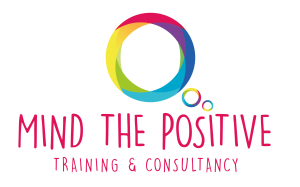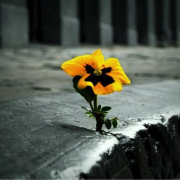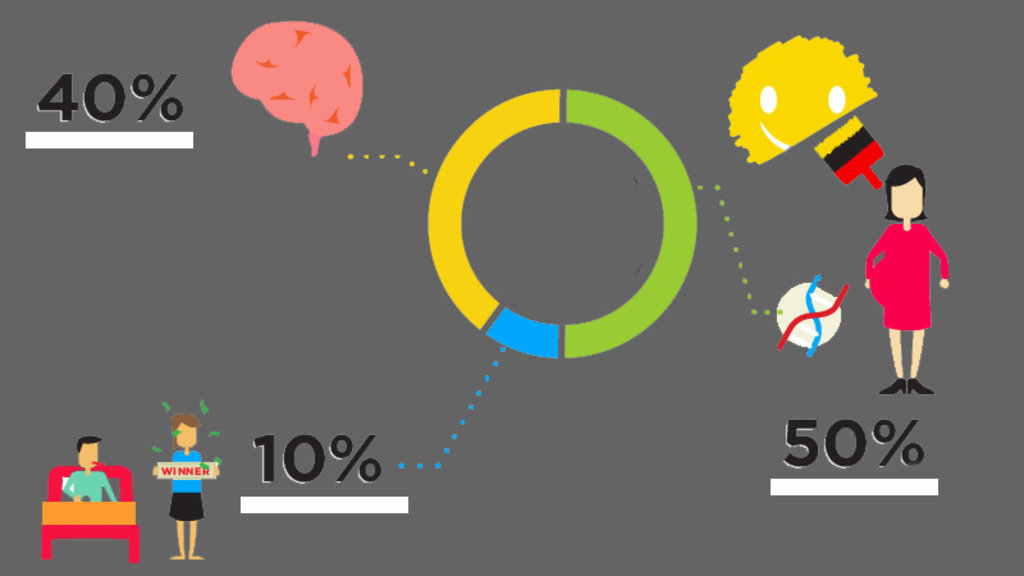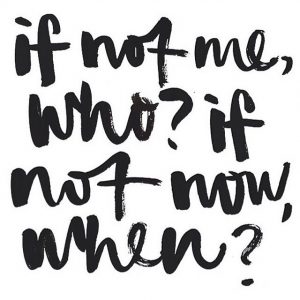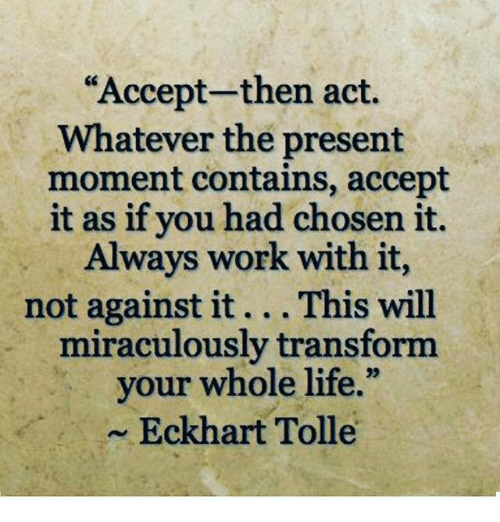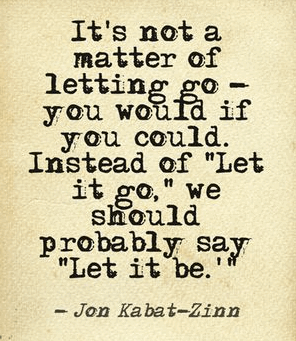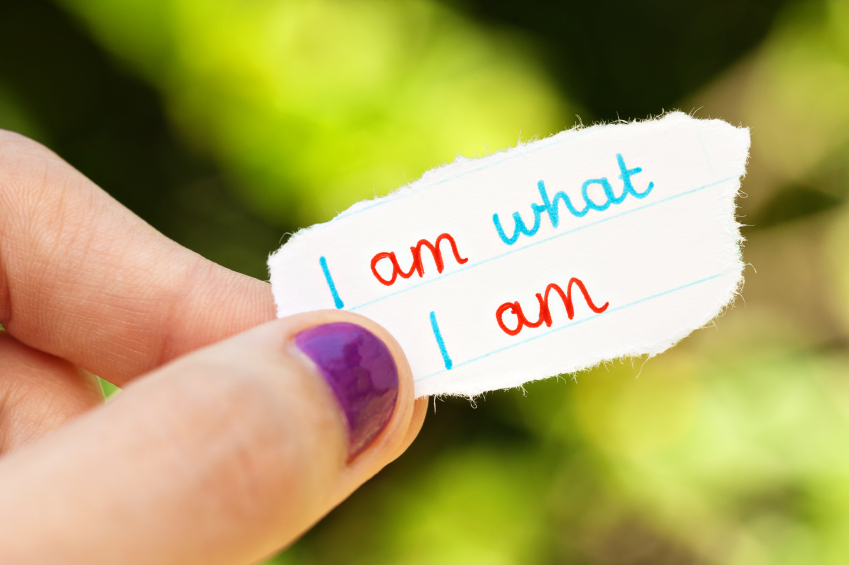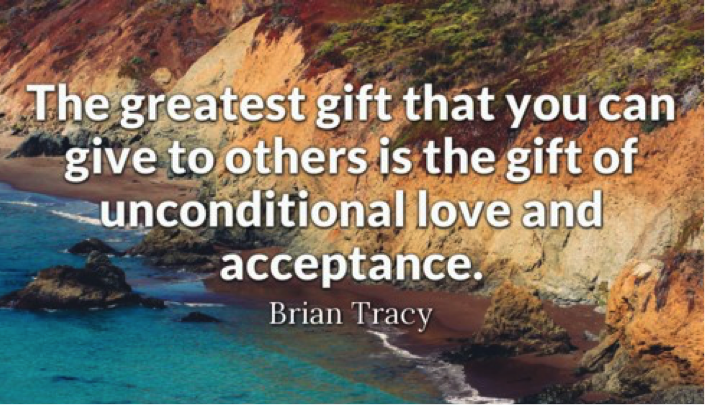Mastering Positive Awareness
There’s a famous proverb in Turkish, “do what the hodja says, not what he does!”* Well you already know what to do, but I’d like to emphasize the opposite and do what I am about to tell you. Because, trust me, I do what I say. It’s one of the positive awareness practices that I want to tell you; I apply them regularly in my daily life… I’d like to take you on a journey of practice; a process that you can rehearse, test for yourself, and if you are happy with the results, you may adapt them into your life…. In short, I invite you to master positive awareness. So here we begin….
To start with, I admit; in tough times, such as in these Corona days, it’s not so easy to choose the positive aspects, positive ways of thinking or optimistic perspective of any phenomenon. It’s especially challenging when the mind is inclined for the negative -the negativity bias. One would wonder how this ongoing direction would be reversed towards a more positive outlook. You might be thinking, “well, easier said than done!” You are right! But not impossible! So, I invite you to a moment of pause, where you put all these questions aside and read the following instructions.
After reading the lines in italic, please put down the tablet, phone or whatever screen you’re reading through and apply what you read… Are you ready?
If you’re sitting, get up and leave the room you are in; go to a room that you seldom use, spend much time, or simply enter. This can be the storage room where you store your stuff, the room where you host your relatives once in a blue moon, or the small bathroom/toilet that is rarely used, it may even be your terrace. My first thought would be choosing the storage room… Because it is a room where I do not spend much time, I enter do my things and leave, and for me it’s just a room that I don’t attach much significance… I’m sure you got the idea!
Now that you’ve picked it and you are in the room, stand at the doorway and close your eyes… For a moment disconnect yourself, your memories, and ties with the room… Your task is to get a “first-glance” view; looking around and seeking to explore everything with curiosity, desire to find new things. It’s as if looking at all that exists for the first time, with all your attention… Open your eyes when you are ready.
If any questions come up -they always do; as the mind never stops questioning-, choose to “park them aside” and go on looking around with the beginner’s eye.
As soon as you open your eyes start exploring the room. Scan the whole room from top to bottom… Observe what there is, the objects decorating the room, the furniture, the walls, the ornaments, and accessories; just scan through the room and see the way they are arranged. Look at the finest detail, from the way they stand, to the colors of the objects, the integrity they create with their neighboring objects… Notice the color groups, identify the dominant ones… As a whole, what do you see, harmony or contrast; symmetry or asymmetry, beauty and order or mess? Whatever it is that you’re observing, notice, by looking thoroughly with your mind. Touch the objects if you want to; smell the scent if there is; and listen to the sounds around you. If you are in a place like the kitchen, you might as well pick a piece of food and have a taste.
When you think you spent enough time and got enough of what there is in there, that you’ve explored it all with your 5 senses, you can leave and go back to where you started reading…
Now you’re back in your seat… in your comfort zone… How are you? You deserve to relax and acknowledge yourself with a big bravo. You have taken the first step to transformation. You see; transformation is literally going down a road you’ve never gone through! For the first time ever, you’ve visited your familiar old room and experienced it with a whole new level of attention and awareness.
So now what? As you’re sitting in your comfortable place, it’s time to re-scan the experience you had in that room… What attracted most your attention; what was present or what did not exist at all? Was it unity or dissonance; harmony or irrelevance in colours and objects; a general order or lack of it? What kind of thoughts went through your mind while scanning the room? Was there any impulsive urge to tidy? Perhaps you had the need to correct the asymmetric or nonaligned objects, or a sense of surprise, wondering why and how some objects are sitting there. I invite you to ask yourself… What caught your attention the most?
Not sure about you, but every time I do this practice, the first things I notice are those objects that need to be fixed. Many times, I get to find things I’ve been searching for and talk to them “here you are, I’d been looking for you.” One thing for sure, in a manner of selected attention, our mind is drawn to (or hardwired) to spot the errors, faults, deficiencies, mistakes, or all that’s missing, around us. For example, when reading the paper, usually bad news catches our attention first; we easily detect spelling mistakes in a text; or entering a room, at its deepest corners, we at first glance notice the awkwardness of things -either being off-tune or misplaced.
Interestingly, any kind of opposite perception of those (harmony, order, beauty, right, etc.) becomes invisible when examined in detail. When emotionally, psychologically, and cognitively in a balance, we less look at things in detail; therefore, everything looks integrally WONDERFUL… But in stressful times, where we are caught up in fear and feel threatened, we are way far from a holistic perception. The contrary, we strive to measure and try to make sense of everything, by analysing them in detail. So, in order to master positive awareness, we need to keep our eyes wide open, screen with our five senses, and try to cherry-pick the positive aspects. Even though it takes effort at first, once you get the hang of it, it gets easier. The mind is highly skilful; just fake it till you make it!
Now, I invite you to go back into that same room and look at all that is present there; check them once again through a “second glance”, whether they belong there or not; are in harmony with the rest of the pieces, standing straight or leaning to a side in spontaneity. Please, look and observe the room with a holistic objective perception; even not through an enforced positive one. Simply look at it, with its state in peace and harmony, in a combination of its elements. I wonder what you observe at this second glance…
On another note, prior to reading this article, I would like to remind you that you had no emotional attachment towards that room. You had no positive or negative perception over your room and its elements. You entered with a completely neutral attitude. It is a place where you had no expectations, its objects were not even within your focal attention… What about the other rooms? I can’t help but wonder; if you were to carefully scan the room, you’re in just now, what would you be noticing at first and a second glance?
The message of this piece of article is that despite the way things are combined together, the space, environment, or place you are in is impeccably set up; it is compatible with you, and you are compatible with your environment; and it is an indispensable part of you. From a holistic point of view, you will see that everything –whether in harmony or not, straight and awkward, that is to say all opposite qualities -that exist in duality, are altogether in a perfect setting. So, the room you entered, your current living environment, even the life you live are all in perfect harmony! What truly matters is the way you look at things!
Shirli from Barcelona
April 21st, 2020
*Hodja -in Turkish hoca, meaning “master” is a title commonly used for teachers, professors, leaders, and in general wise people. As used in the original proverb “Hocanın dediğini yap, yaptığını yapma” refers to following what the advice of the wise, instead of following her acts.
